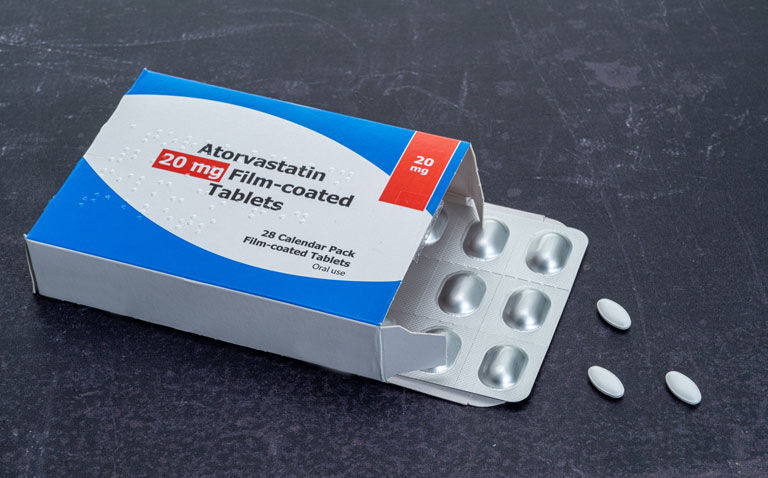Statin therapy has been found to be associated with only a modest absolute risk reduction in adverse cardiovascular disease outcomes
Statin therapy is associated with only a modest absolute risk reduction in cardiovascular disease outcomes including all-cause mortality and myocardial infarction (MI). This was the important main finding from a meta-analysis of randomised trials by researchers from the HRB Centre for Primary Care Research, RCSI University of Medicine and Health Sciences, Dublin, Ireland.
It widely thought that the key initiating event in atherogenesis is the retention of low-density lipoprotein (LDL) cholesterol and other cholesterol-rich lipoproteins within the arterial wall. As a result, a great deal of effect has been directed at reducing LDL cholesterol levels so that the treatment with a statin drug has become a well-recognised approach for lowering LDL cholesterol.
While there are clearly benefits from the use of statins, in much of the published work, authors report relative rather than absolute risk reductions. This represents an important weakness for the interpretation of the data since readers tend to overestimate the effect of an intervention when the results are expressed in relative terms.
For the present meta-analysis, the Irish team analysed both the relative and absolute risks associated with the use of statin therapy for outcomes such as all-cause mortality, MI and stroke. T
hey included trials which examined the efficacy of a statin on cardiovascular outcomes with a duration of at least 2 years, which enrolled more than 1,000 participants and where the comparator was either placebo or usual care.
Statin use and cardiovascular disease outcomes
A total of 21 trials with 1,255 to 20,536 participants, of which 33% were for primary prevention, were included in the analysis. The average trial follow-up period was 4.4 years and ranged from 1.9 to 6.1 years.
From the meta-analysis, the overall absolute risk reduction (ARR) for all-cause mortality was 0.8%, 1.3% for MI and 0.4% for stroke for individuals randomised to receive a statin compared to either placebo or usual care. The corresponding relative risk reductions (RRRs) were 9% (all-cause mortality), 29% (MI) and 14% (stroke).
As an example, the authors calculated that with an ARR of 1.3% for MI, 77 patients (i.e., 1/0.013) would need to be treated for an average of 4.4 years to prevent one myocardial infarction.
In subgroup analysis (primary vs secondary prevention), the ARR was 0.6%, 0.7% and 0.3% for all-cause mortality, MI and stroke respectively, in primary prevention trials. The corresponding RRRs were 13%, 38% and 24%.
For secondary prevention, the ARRs were 0.9% (all-cause mortality), 2.2% (MI) and 0.7% (stroke) with the corresponding RRRs of 14%, 27% and 13%.
The researchers also examined the the potential mediating effect of LDL cholesterol reduction with the absolute and relative treatment effects but these findings were inconclusive. In other words, it was not possible to either prove or disprove an association between the magnitude of LDL cholesterol reduction and the size of a treatment effect.
An important finding from the analysis was the high level of statistically heterogeneity in the studies, ranging from 27% to 82%, which suggested that pooling of results could make the findings unreliable.
The authors concluded that the absolute risk reductions associated with the use of a statin drug are modest in comparison to the often quoted relative risk reductions. However, they added that given the high level of heterogeneity, these results should be interpreted with caution.
Despite this limitation, they suggested that clinicians should communicate both ARRs and RRRs to patients to enable informed decision-making about the benefits of statin treatment.
Citation
Byrne P et al. Evaluating the Association Between Low-Density Lipoprotein Cholesterol Reduction and Relative and Absolute Effects of Statin Treatment: A Systematic Review and Meta-analysis Ann Intern Med 2022










